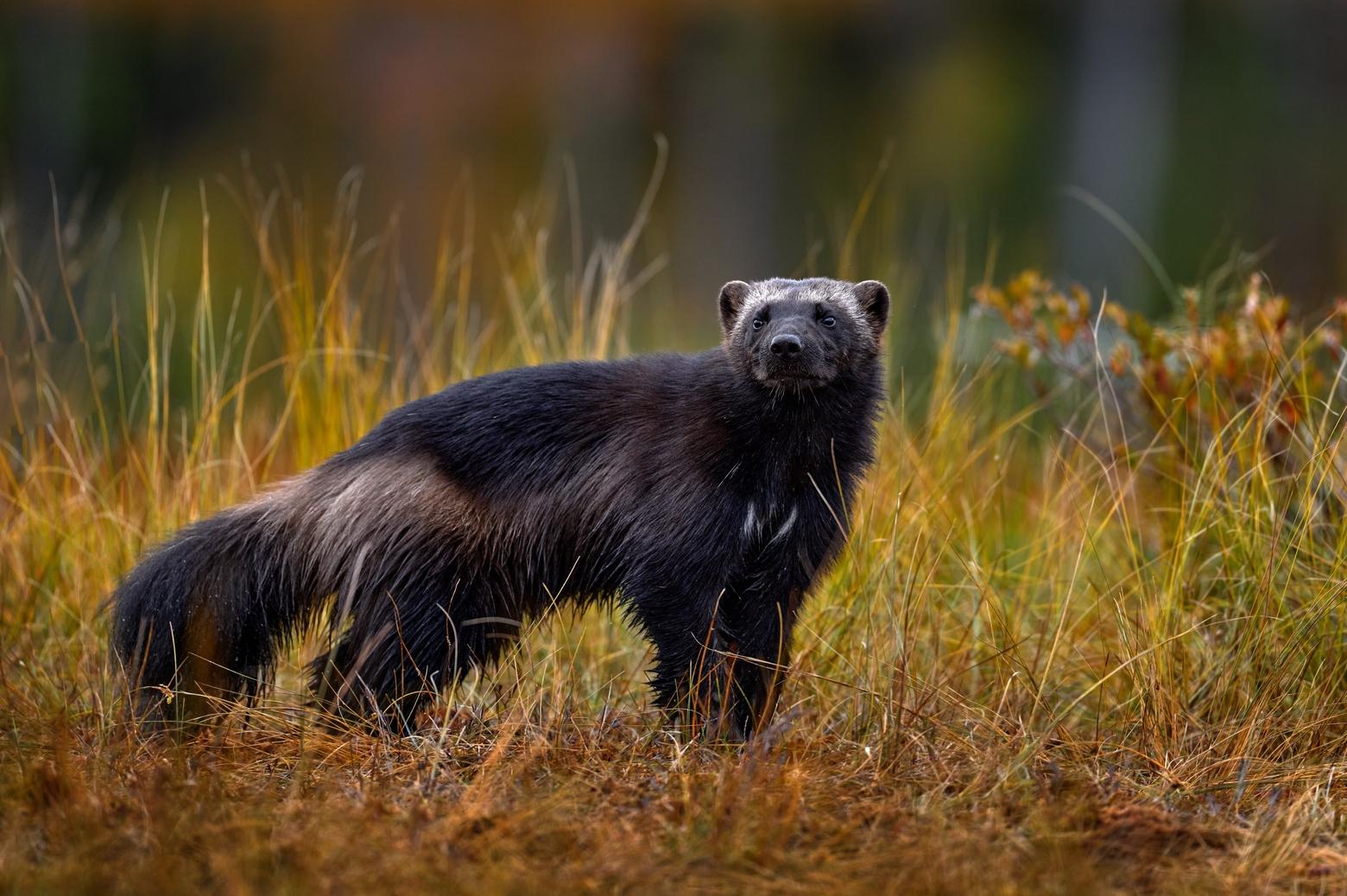Back to StoriesMontana Files Intent to Sue Over Listing Wolverines Under ESA
January 29, 2024
Montana Files Intent to Sue Over Listing Wolverines Under ESA15-page letter of intent to sue US Fish and Wildlife Service comes on heels of November 2023 decision to list wolverines as ‘threatened'
by Johnathan Hettinger
The question of whether the 300 or so
wolverines in the Lower 48 should be protected under the Endangered Species Act
will be heading back to court. But this time, the federal government will be
arguing for, instead of against, protections.
Montana Fish, Wildlife and Parks on January
26 notified the U.S. Department of the Interior of their intent to sue, arguing
that wolverines do not need special protections and that the science the U.S.
Fish and Wildlife Service relied on in their November 2023 decision to list wolverines as
“threatened” is flawed.
For decades, environmental groups have
sued the U.S. Fish and Wildlife Service arguing that the snow-dependent species
is threatened with extinction due to a warming climate, low genetic diversity
and habitat fragmentation. The groups have consistently won in court, while the
U.S. Fish and Wildlife Service failed to make a decision.
In 2013, the Fish and Wildlife Service
announced that the species deserved protections under the ESA but changed its
mind just a year later. Then, in 2018, the Trump administration conducted a new
species status assessment that found wolverines were not threatened with
extinction and ruled in 2020 that the species did not need protections. In
November, however, the service finally made a determination that the wolverine
is threatened with extinction, based on new science.
“Adding a layer of unnecessary bureaucracy does nothing for conservation but does everything to undermine our responsible management of this species.” – Montana Gov. Greg Gianforte
Montana is the first state that has
announced an intent to sue, but the listing of wolverines has also been opposed
by the states of Wyoming and Idaho, as well as industry groups such as the
American Petroleum Institute, the International Snowmobile Manufacturers
Association, the Western Energy Alliance, and the Utility Air Regulatory Group.
“The Biden administration’s decision to
list wolverines as a threatened species is an illogical and ill-informed
decision,” said Gov. Greg Gianforte in a January 26 statement. “Adding a layer of
unnecessary bureaucracy does nothing for conservation but does everything to
undermine our responsible management of this species.”
Wolverines were extirpated from the Lower
48 by the 1920s and naturally migrated back from Canada in the second half of
the 20th century. Since then, the species has increased in number and
distribution, but nailing down exact numbers is difficult. Wolverines have
territories that are hundreds of square miles, and are extremely elusive.
In
a 15-page letter, Montana Fish, Wildlife and Parks detailed concerns that
the federal government’s science was arbitrary and capricious. According to the
U.S. Fish and Wildlife Service, the effective population—the number of
individual animals that contribute to the breeding population—of wolverines in
the Lower 48 is around 35 individuals.
“It is critical to recognize that the
estimate is almost certainly misleading about the evolutionary trajectory of
wolverines in the Northern Rockies,” the letter read.
The state also argued that wolverines
should not be considered a distinct population segment, meaning it is discrete
from other populations. FWP’s letter said that the continuity of wolverines in
the Lower 48 with wolverines in Canada makes the population much bigger than
the Fish and Wildlife Service said. The state also contended that this gene
flow between the Canadian population and the U.S. population makes them less
genetically isolated than the listing rule argued.
“It demonstrates how Montana can not be trusted to protect imperiled wildlife." – Andrea Zaccardi, Carnivore Conservation Legal Director, Center for Biological Diversity
FWP argued in addition that recent science
shows that wolverines are more adaptable to a warming climate than the Fish and
Wildlife Service gave them credit for.
Many of the state’s arguments rely on the
2020 decision by the Trump administration not to list the wolverine. However, a
federal judge in Montana ruled that the decision by the Trump administration
was arbitrary and capricious. The U.S. Fish and Wildlife Service updated its
species status assessment to address the judge’s concerns in its 2023 decision.
Andrea Zaccardi, carnivore conservation
legal director at the Center for Biological Diversity, said she was surprised
by Montana’s intent to sue, though she said she shouldn’t have been. The Center
for Biological Diversity successfully sued over the 2020 decision.
“It demonstrates how Montana can not be
trusted to protect imperiled wildlife,” Zaccardi said in
an email to Mountain Journal. “They’ve taken every chance they can to show that
they can’t be trusted. They don’t want these species to be protected.”
Zaccardi and Matt Bishop, staff attorney
at the Western Environmental Law Center which also sued over the 2020 decision,
both said they believe the U.S. Fish and Wildlife Service didn’t go far enough
in protecting wolverines through their rule on restrictions. For example,
Bishop said that the Fish and Wildlife Service should ban all trapping in
wolverine habitat because the scavenger species is at risk of accidentally
getting trapped.
Bishop said that Montana is playing
politics by filing the intent to sue.
“This is a scientific decision, not a
political one,” Bishop said. “[Politics] aren’t really relevant to the listing
decision. The state should spend the time and money on conserving the species
and not litigation.”
________________________________________________________________________________________________________________________
Mountain Journal is the only nonprofit, public-interest journalism organization of its kind dedicated to covering the wildlife and wild lands of Greater Yellowstone. We take pride in our work, yet to keep bold, independent journalism free, we need your support. Please donate here. Thank you.
Related Stories
January 24, 2025
Trump Energy Policy Aims to Unplug Endangered Species Act
Executive orders direct agencies to minimize consultations, giving priority to energy and mining permits.
February 7, 2025
Trump’s Tariff Tussle Tangles Montana
Fast-moving announcements of U.S. trade wars against Canada, Mexico and China leave state stakeholders bracing for market turmoil.
March 4, 2025
Will Federal Freeze Stymie Wildland Fire Fights?
Delays in hiring crews and funding hazardous fuels projects worry officials as the 2025 fire season approaches.




